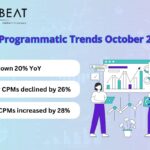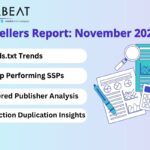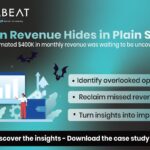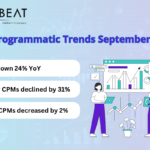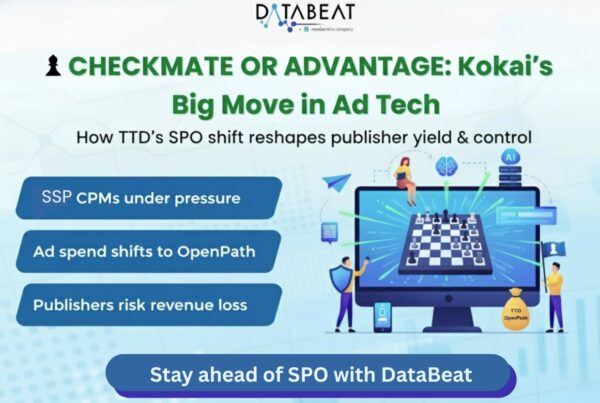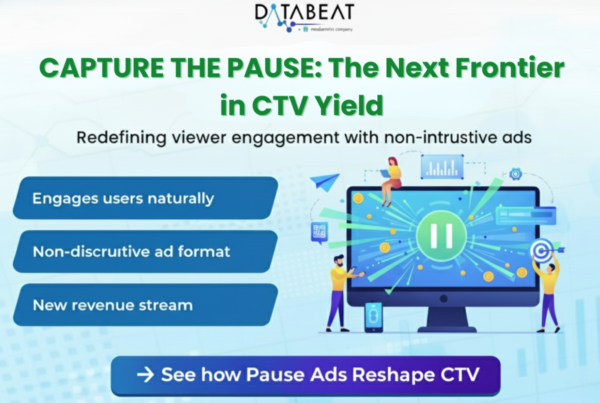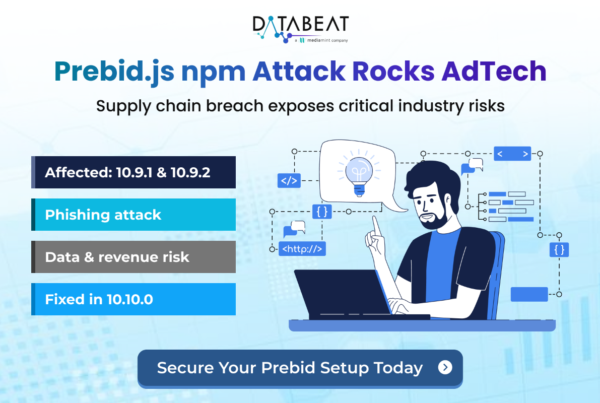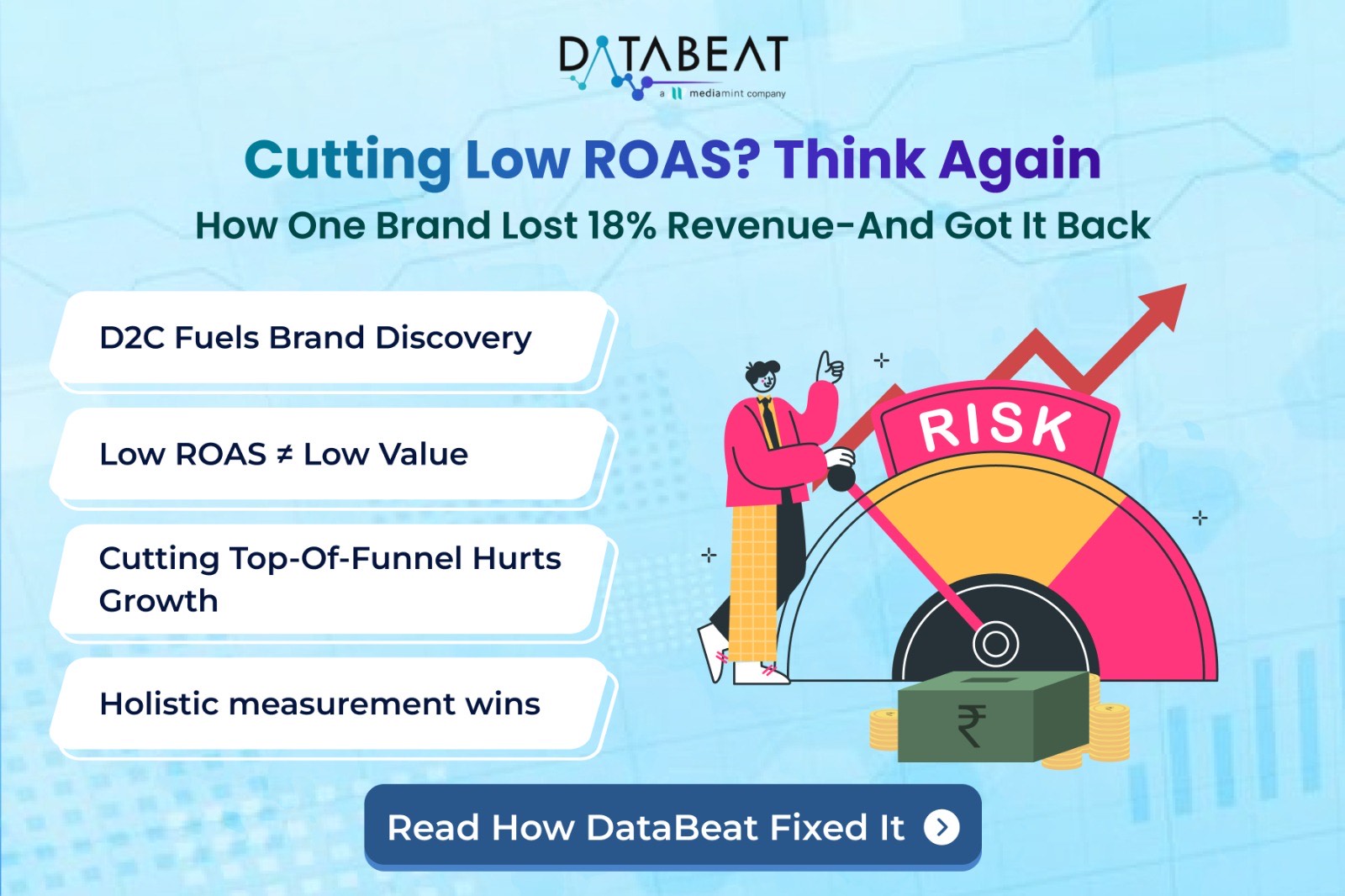
Overview
A fast-growing health food brand was scaling rapidly across D2C, e-commerce, and quick commerce platforms, selling a range of plant-based snacks, smoothies, and superfoods. To keep marketing efficient, they were optimizing budgets based on ROAS (Return on Ad Spend) across each channel.
The brand’s internal analysis showed that D2C marketing had a lower ROAS compared to e-commerce and quick commerce (1.4 vs. 2.6). Believing it to be less profitable, they cut D2C ad spend and reallocated the budget to higher-performing channels.
Impact of the changes
Within just one month of this change:
- Total revenue dropped by 18%
- D2C traffic and sales declined
- Even Amazon and quick commerce performance dipped, despite more spend
The Real Problem
D2C wasn’t just a sales channel – it was the discovery engine.
By removing D2C advertising, the brand lost a critical top-of-funnel entry point. Although it didn’t directly convert at high ROAS, it played a huge role in building brand awareness, educating customers, and leading them to purchase across other platforms.
How DataBeat Helped
We partnered with the brand to dig deeper and find out what was really driving revenue.
Our Approach:
- Implemented Marketing Mix Modeling (MMM) to track how each channel contributed to both direct and indirect conversions
- Evaluated incrementality, not just last-click results
- Connected the dots between brand discovery and downstream sales
What We Found:
- D2C campaigns accounted for over 40% of first-time interactions
- Paid social, though showing lower ROAS, was fueling future purchases on Amazon and other platforms
- High-ROAS channels were benefiting from demand created by D2C marketing
The Fix:
- Reinstated D2C ad campaigns with adjusted budgets
- Used a more holistic measurement model focused on long-term impact
- Prioritized channels that build awareness and loyalty, not just immediate ROAS
The Outcome:
- 14% Revenue rebounded in the next quarter itself
- Brand awareness and top-oBrand awareness and top-of-funnel traffic improved by 25%, with a notable increase in new users across all platforms.
- The team adopted a full-funnel growth strategy, backed by DataBeat’s insights
Key Takeaway:
Not all value is captured by last click ROAS. Low ROAS channels like D2C may not drive immediate revenue but play a significant role in discovery and brand engagement, which fuel future purchases on other platforms.
Cutting these channels may save budget short-term, but it can cost you sustainable growth in the long run.

